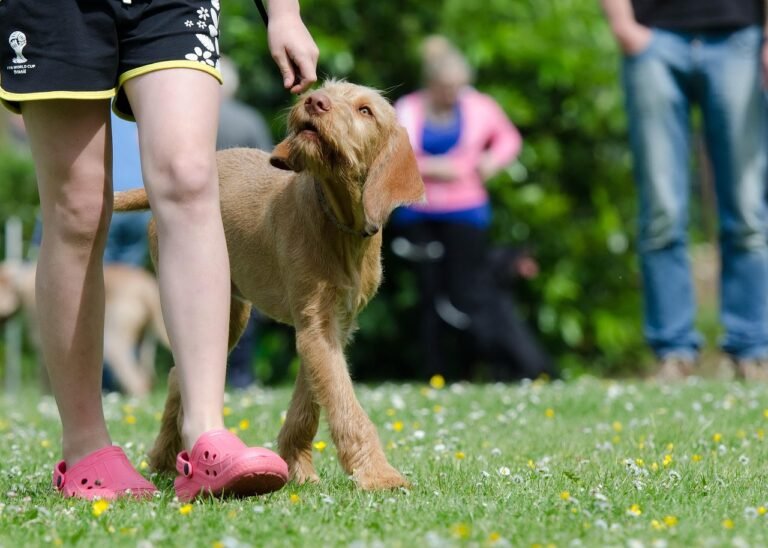- 1. Start Socialization Early For Confident Dogs
- 2. Use Positive Reinforcement For Lasting Results
- 3. Establish Consistent Routines And Boundaries
- 4. Incorporate Technology For Smarter Dog Training
- 5. Use These Tips to Focus On Short, Engaging Dog Training Sessions
- 6. Address Common Behavioral Challenges Effectively
- 7. Monitor Progress And Adjust Training Methods and Dog Tips
- Use These Tips to Unlock Smarter Dog Training With Healthy Doggos
- Frequently Asked Questions for Dog Training Tips
Did you know that over 65 million U.S. households share their lives with a dog? Raising a happy, well-behaved dog starts from the moment you bring your pup home. Early choices in training and daily routines shape your dog’s confidence, behavior, and bond with you for life. Discover proven dog training methods and practical tips that help every pet parent transform daily challenges into moments of connection and success.
Quick Summary
| Takeaway | Explanation |
| 1. Start socialization between 3 to 14 weeks | Introduce your puppy to various experiences during this critical window to build confidence and adaptability. |
| 2. Use positive reinforcement consistently | Reward desired behaviors immediately with varied rewards to encourage learning and effective communication. |
| 3. Establish predictable routines and boundaries | Create a structured environment with consistent rules to help your dog feel secure and understand expectations. |
| 4. Keep training sessions short and engaging | Aim for quick, interactive sessions lasting 5-10 minutes to maintain your dog’s focus and interest in learning. |
| 5. Monitor progress and adjust training as needed | Track your dog’s behavior and adapt methods based on their unique learning style and progress for effective training. |
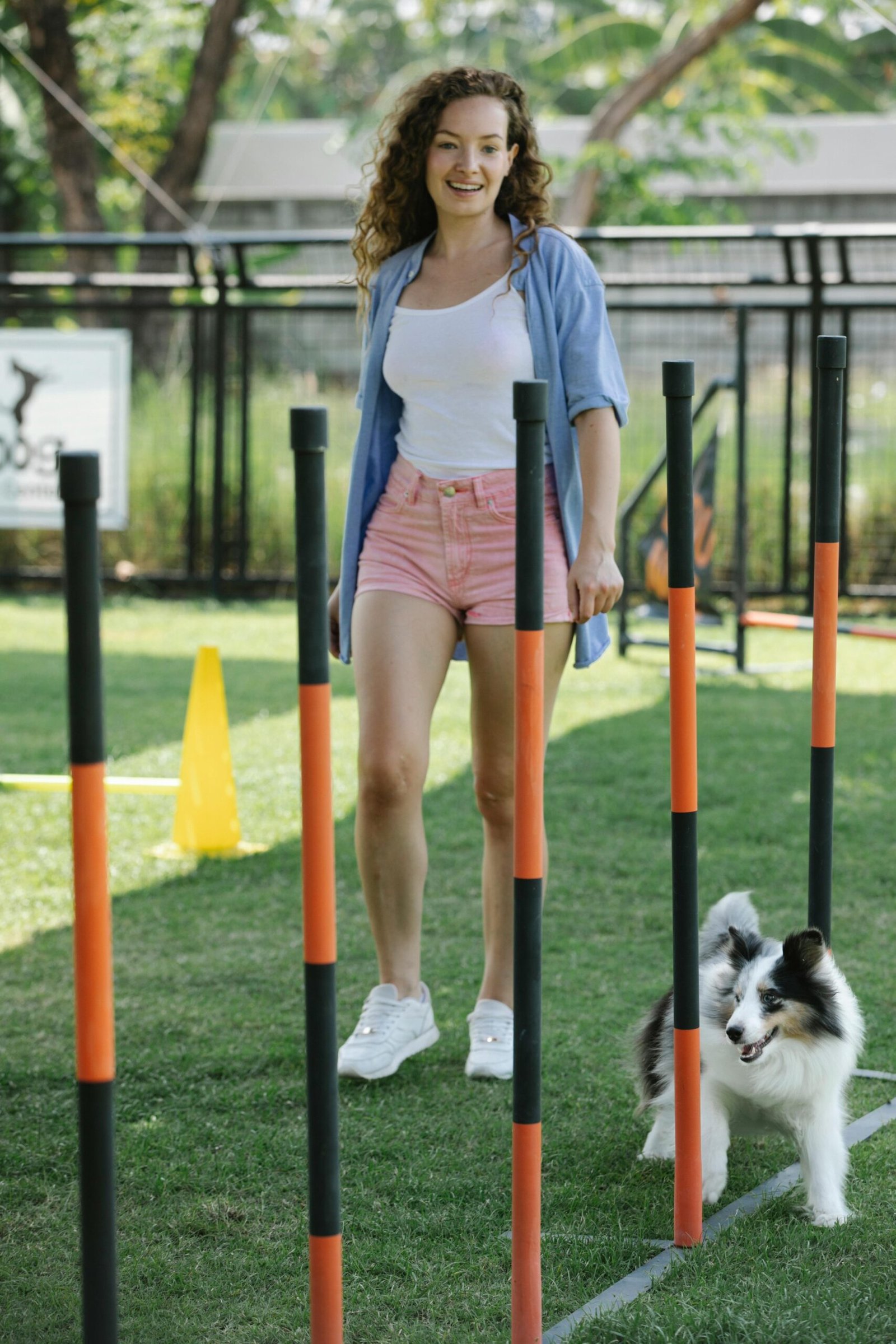
1. Start Socialization Early For Confident Dogs
The first few weeks of a puppy’s life are magical and monumentally important for developing a confident adult dog. Early socialization transforms how your furry friend will perceive and interact with the world around them.
Research from Purdue University’s Canine Welfare Center reveals a critical window between 3 to 14 weeks where puppies are most receptive to new experiences. During this period, your puppy’s brain is like a sponge absorbing information about their environment. Controlled studies show that puppies exposed to varied stimuli during this time develop remarkable stress resilience and more adaptive behaviors.
What Does Effective Dog Socialization Look Like?
Well, effective socialization of your dog means deliberately introducing your puppy to a wide range of experiences in a positive manner.
This includes:
- Meeting different people (various ages, genders, appearances)
- Encountering diverse sounds and environments
- Experiencing different textures and surfaces
- Interacting with other calm and vaccinated dogs
Tips for Gentle Positive Exposures to Use in The Dog Training Sessions
The goal is not overwhelming your puppy but creating gentle positive exposures. Each new experience should feel safe and rewarding. For instance, when introducing a loud noise like a vacuum cleaner, pair it with treats and calm reassurance. When meeting new people, allow your puppy to approach at their own pace and reward calm behavior.
A groundbreaking study published in the Animals journal demonstrated that puppies systematically exposed to novel objects and problem-solving tasks between 3-6 weeks showed significantly bolder responses to challenges. This means early socialization isn’t just about preventing fear it’s about building psychological resilience.
Practical tip: Create a socialization checklist and aim to introduce 3-5 new experiences weekly during those critical early weeks. Remember patience and positivity are your greatest training tools.

2. Use Positive Reinforcement For Lasting Results
Dog training is an art of communication and nothing speaks more clearly to your furry friend than rewards that make learning feel like a celebration. Positive reinforcement transforms training from a chore into an exciting game where your dog eagerly wants to learn and please you.
Research reveals fascinating insights into how dogs perceive rewards. A compelling study on free-ranging dogs demonstrated that both food and physical affection play crucial roles in creating positive social associations. This means your training toolkit should include more than just treats.
Clicker training emerges as a precise and powerful positive reinforcement technique. Wikipedia’s overview of clicker training highlights its remarkable ability to mark desired behaviors with incredible accuracy. The clicking sound serves as a clear signal telling your dog exactly what action earned the reward.
Several Key Strategies For Effective Positive Reinforcement
- Timing is everything – reward immediately after the desired behavior
- Use varied rewards (treats, praise, toys, petting)
- Keep training sessions short and engaging
- Always sound enthusiastic and happy
How to Understand Your Dog’s Unique Motivators?
Practical implementation means understanding your dog’s unique motivators. Some dogs go crazy for a specific treat while others might prefer a quick belly rub or a favorite squeaky toy. Pay attention to what makes your dog’s tail wag most.
A critical mistake many dog owners make is inconsistent rewarding. Your dog needs clear communication. If you want a behavior to stick repeated positive reinforcement creates neural pathways that transform temporary tricks into permanent habits.
Bonus tip: Record your training sessions. Watching yourself can reveal nuanced communication patterns you might miss in the moment. Your dog is always learning from you even when you think training has stopped.
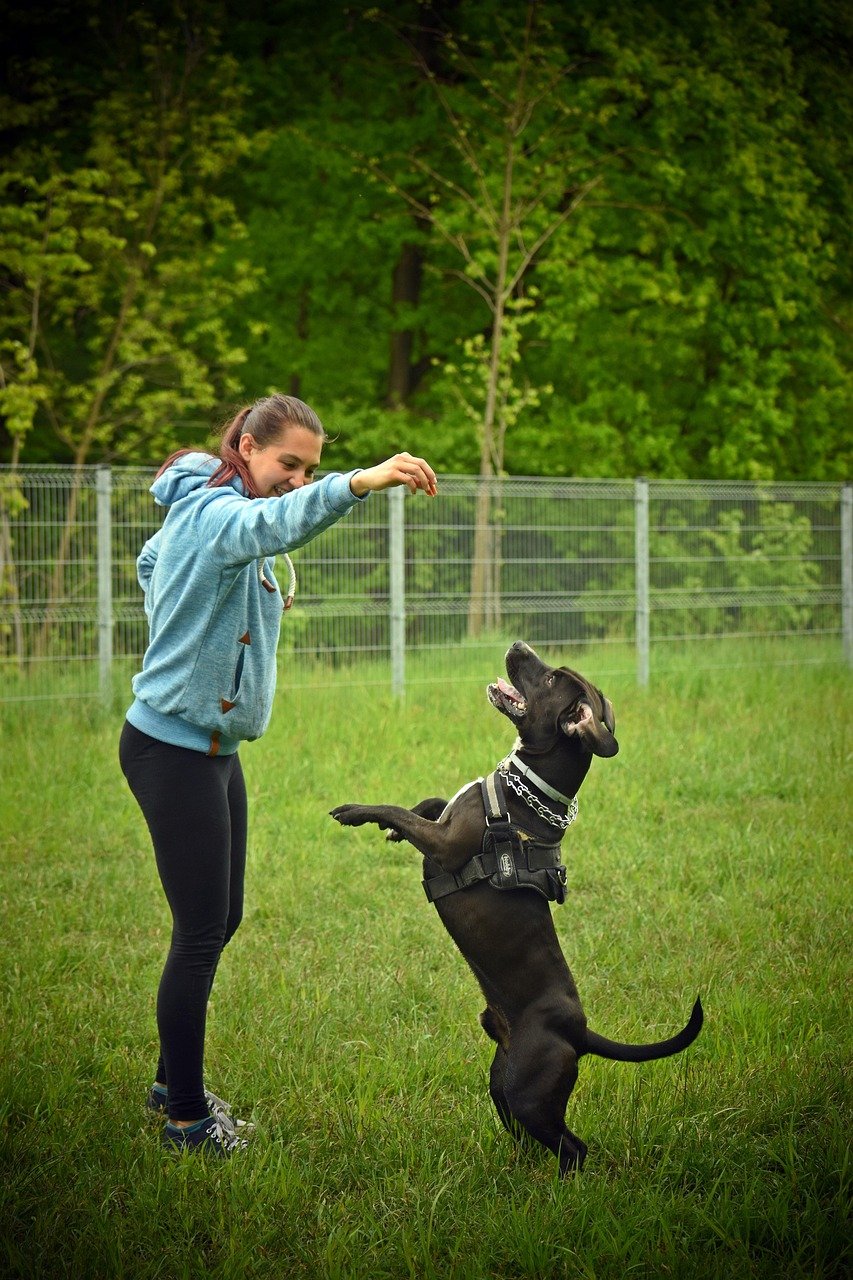
3. Establish Consistent Routines And Boundaries
Dogs thrive on predictability and clear expectations just like children. Creating a structured environment helps your furry friend feel secure confident and eager to learn.
A recent survey from the Royal Veterinary College revealed a critical insight into dog behavior many pandemic puppy owners struggled due to inconsistent training approaches. The key to successful dog training is not just about teaching commands but establishing a reliable framework your dog can understand.
Routine building means more than just walking and feeding schedules. It encompasses creating predictable patterns for behavior training and interaction. Your dog needs to understand what behaviors are acceptable and what are not through clear consistent signals.
Essential Routine Establishment
- Consistent feeding times
- Regular walking schedules
- Predictable training sessions
- Clear response to specific behaviors
- •Uniform rules across all family members
Do Not Use Aversive Dog Training Tools!
Research strongly warns against using aversive training tools like shock collars. Scientific literature consistently demonstrates these methods create fear and potential long term psychological damage. Instead focus on positive reinforcement and clear communication.
Practical implementation requires all family members to agree on and follow the same rules. If one person allows jumping on furniture while another forbids it your dog will become confused and anxious. Unified communication is your strongest training tool.
Remember boundaries are not about punishment but about creating a safe predictable world for your dog. When your furry friend understands what is expected they become more confident relaxed and genuinely happy. Think of yourself as a loving guide not a harsh disciplinarian.

4. Incorporate Technology For Smarter Dog Training
Smart technology is revolutionizing dog training, transforming how we understand and interact with our four legged companions. Today’s pet technology goes far beyond simple GPS tracking offering unprecedented insights into your dog’s health behavior and learning patterns.
At the 2023 Consumer Electronics Show a groundbreaking demonstration showcased an AI driven collar and smart bowl system that could assess a dog’s nutritional needs in real time. This represents a quantum leap in personalized pet care where technology becomes an intelligent training partner.
Digital training tools now offer multiple ways to enhance your dog’s learning experience. Modern GPS trackers and health monitoring devices do more than track location they provide comprehensive wellness insights. Tractive’s 2025 innovations demonstrate how AI can integrate health monitoring respiratory rates and virtual safety zones into a single comprehensive system.
What Are The Key Technological Training Enhancements That You Need?
- Smart collar activity tracking
- AI powered behavior analysis
- Remote training applications
- Interactive treat dispensing devices
- Health monitoring systems
Tech Tools Tips for Your Dog Training Sessions That You Need to Consider
When selecting tech tools consider your specific training goals. Some devices offer video monitoring allowing you to observe your dog’s behavior when you are away. Others provide real time training feedback helping you understand your dog’s learning progression.
A word of caution technology should complement not replace traditional training methods. The most effective approach blends human interaction technological insights and consistent positive reinforcement. Think of these tools as assistants not substitutes for your personal engagement.
Remember the goal is creating a deeper more intuitive connection with your dog. Smart technology offers windows into their world helping you become a more informed compassionate trainer.
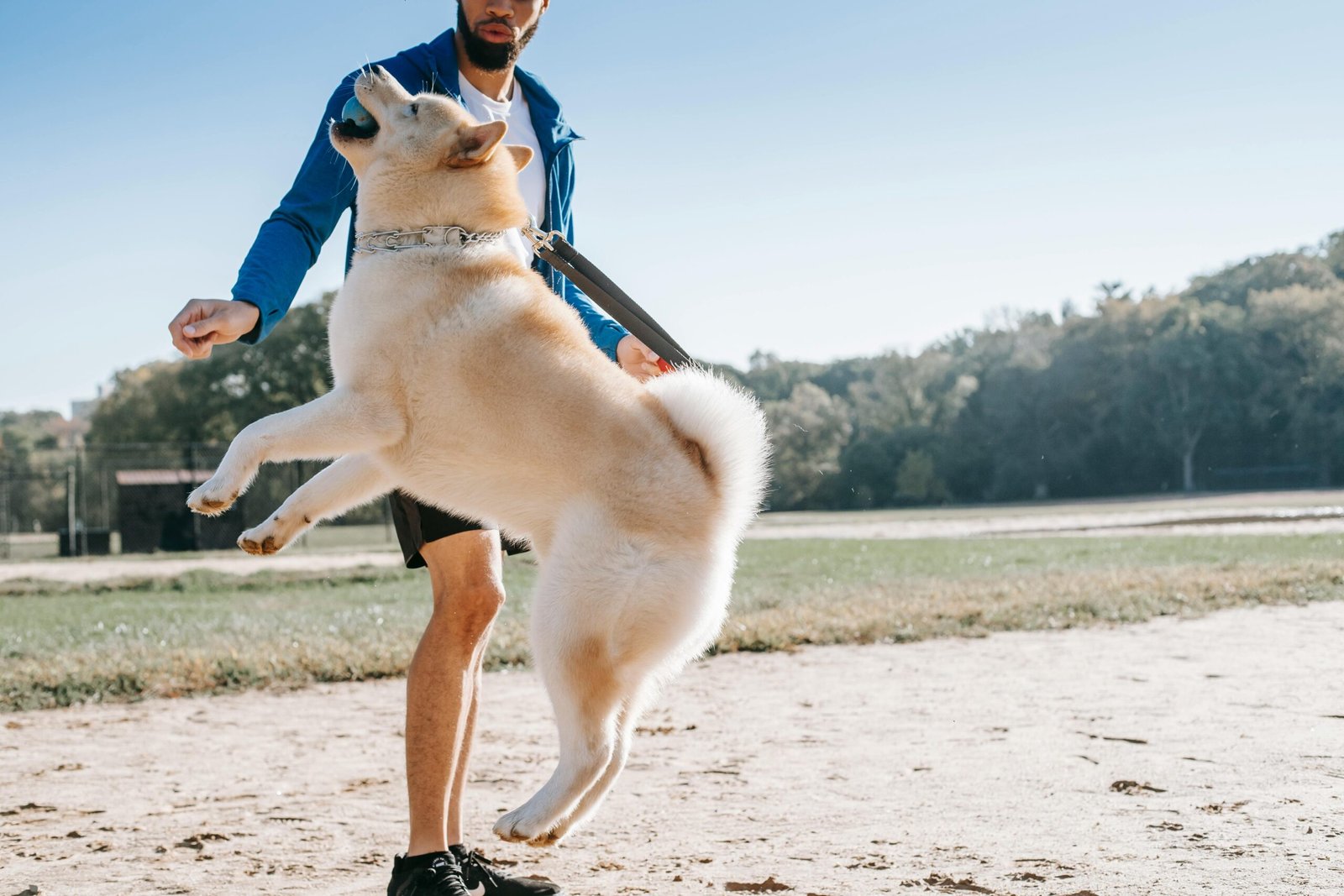
5. Use These Tips to Focus On Short, Engaging Dog Training Sessions
Attention spans are tiny bursts of energy and this is especially true for dogs. Think of training like a series of exciting mini adventures rather than long drawn out lectures.
Successful dog training is about quality not quantity. Your furry friend learns best when training sessions are short punchy and feel more like playtime than work. Dogs naturally have limited concentration windows especially puppies who can become distracted or frustrated with prolonged training.
Mental stimulation works best in compact packages. Aim for 5 to 10 minute sessions that keep your dog curious and eager to participate. This approach prevents mental fatigue and maintains a positive association with learning.
Key Strategies For Short Engaging Sessions
- Break complex skills into tiny achievable steps
- Use high value rewards
- End sessions on a positive note
- Keep energy levels high and playful
- Practice multiple short sessions daily
Important Considerations For Creating Dynamic Training Moments
- Watch your dog’s body language
- Stop before they become bored or frustrated
- Rotate between different training activities
- Use variety to maintain interest
Read our guide on building a strong bond with your dog to understand how these short sessions contribute to long term learning and relationship building.
Think of training like a fun game where you and your dog are teammates. Some days will feel more successful than others and that is perfectly okay. Consistency patience and joy are your greatest training tools. Your attitude sets the tone for every learning moment.
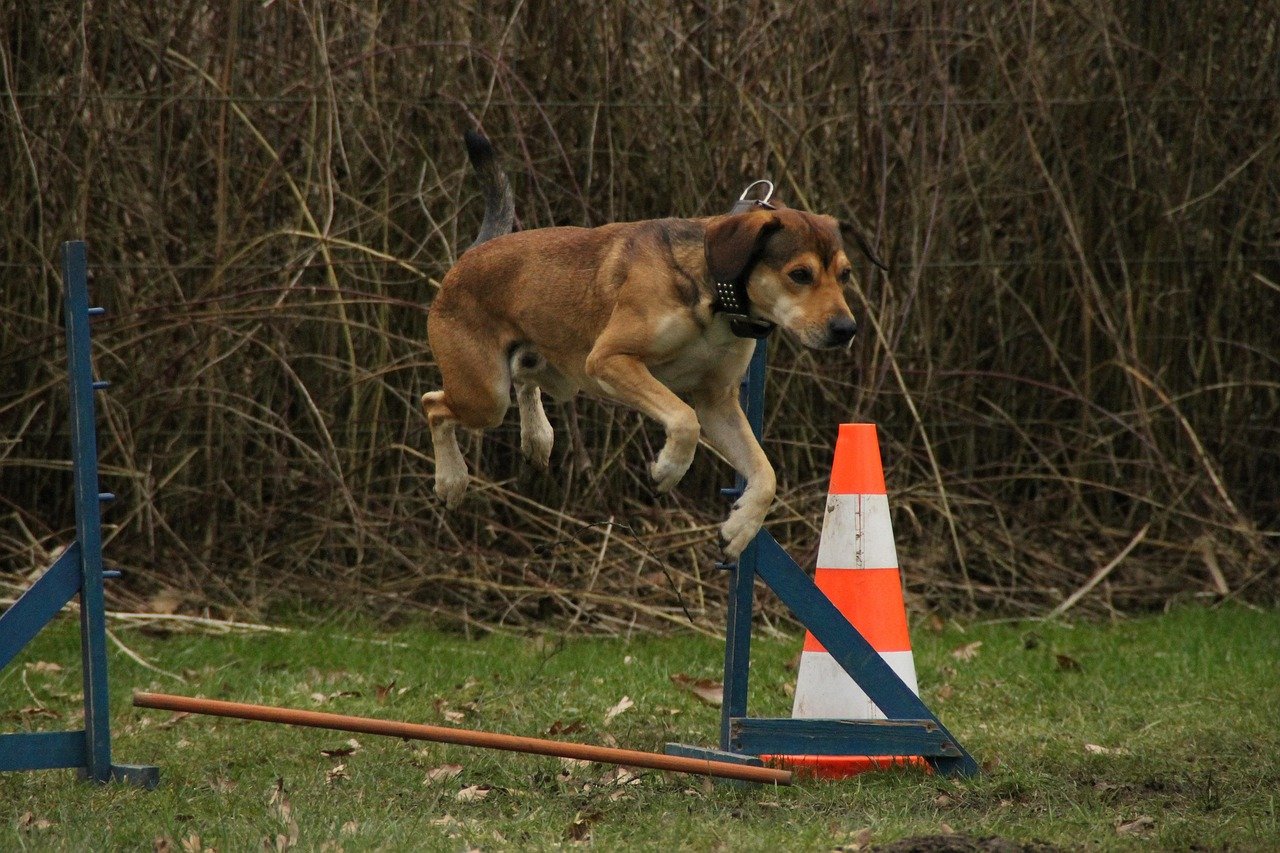
6. Address Common Behavioral Challenges Effectively
Every dog has unique behavioral quirks that require patience understanding and strategic intervention. Learning to decode and address these challenges transforms potential frustration into meaningful connection.
Recent research from the Royal Veterinary College highlighted a critical trend many pandemic puppy owners struggle with behavioral issues often resorting to ineffective punishment based approaches. The key is understanding the root cause of unwanted behaviors not just suppressing them.
Common behavioral challenges typically emerge from unmet needs or communication gaps. Dogs communicate through behavior and what seems like a problem is often their way of expressing something important.
Most Frequent Dog Behavioral Issues
- Excessive barking
- Lead pulling
- Separation anxiety
- Jumping on people
- Resource guarding
Effective Management Strategies
- Identifying trigger points
- Redirecting energy positively
- Consistent training
- Understanding dog body language
- Maintaining calm emotional state
Punishment is never the answer. Scientific evidence consistently demonstrates that aversive tools like shock collars create fear and potential long term psychological damage. Instead focus on understanding why the behavior is happening and addressing the underlying motivation.
Professional dog trainers can provide personalized strategies tailored to your specific situation. Read our guide on building a strong bond with your dog to dive deeper into communication techniques.
Remember your dog isn’t trying to be difficult. They are trying to communicate. Your job is to become an expert translator.

7. Monitor Progress And Adjust Training Methods and Dog Tips
Dog training is an evolving conversation not a one size fits all instruction manual. What works brilliantly for one dog might feel confusing for another which is why continuous observation and adaptive strategies are crucial.
Tractive’s innovative pet technology now provides unprecedented insights into our dogs’ physical and behavioral patterns. Modern wearable devices transform dog training from guesswork to data driven precision allowing owners to understand their dog’s unique learning trajectory.
Progress tracking means paying attention to subtle shifts in behavior motivation and engagement. Your dog communicates progress through body language energy levels and willingness to participate in training exercises.
Key Monitoring Strategies
- Record training session videos
- Keep a detailed behavior journal
- Note emotional and physical responses
- Track skill acquisition rates
- Observe stress signals
Fascinating research like the Patchkeeper study demonstrates how machine learning can decode dog personality traits through movement data. This suggests our understanding of dog training can become increasingly personalized and nuanced.
Important Adjustment Principles
- Celebrate small victories
- Be flexible in your approach
- Recognize individual learning styles
- Stay patient with setbacks
- Continuously educate yourself
Read our guide on building a strong bond with your dog to understand how monitoring creates deeper connections.
Remember training is a journey of mutual understanding. Your willingness to adapt and learn speaks volumes about your commitment to your dog’s growth and happiness.
This table summarizes key strategies, actions, and benefits related to effective dog training as discussed in the article.
| Strategy | How To Implement | Benefits and Outcomes |
| Early Socialization | Introduce puppies to varied stimuli positively and safely between 3-14 weeks | Increased stress resilience and adaptive behaviors |
| Positive Reinforcement | Use treats, praise, and clicker training; ensure immediate and consistent rewards | Builds lasting behaviors and enhances communication |
| Consistent Routines and Boundaries | Establish regular schedules and clear rules; maintain consistency across family members | Creates security and clarity, reducing anxiety and confusion |
| Technology in Training | Utilize smart collars, AI analysis, and remote training tools; complement with human interaction | Offers insights into health and behavior, enhancing engagement |
| Short, Engaging Sessions | Conduct 5-10 minute sessions with varied activities and high energy | Maintains interest and prevents fatigue, promoting effective learning |
| Address Behavioral Challenges | Identify triggers, redirect energy, and use positive interventions | Resolves issues through understanding, not punishment |
| Monitor Progress and Adjust | Track behavior with journals and videos; use technology for data-driven insights | Enables personalized strategies and adaptation to your dog’s needs |
Use These Tips to Unlock Smarter Dog Training With Healthy Doggos
Turning your dog’s potential into real-world results can feel overwhelming when you face challenges like inconsistent behavior, unclear routines, or the struggle to keep training effective and fun. Our article highlighted the crucial need for early socialization, positive reinforcement, and embracing tech for smarter training. The good news is you are not alone on this journey.
Explore our Dog Training Tips collection for simple step-by-step guides, advice on building routines, and strategies for overcoming behavioral hurdles. Whether you want to address a specific problem or strengthen the bond with your pet, our resources support every stage of your training journey.

Ready to see progress and happiness in your dog? Visit Healthy Doggos today for expert guidance and actionable tips that fit right into your daily routine. Act now to nurture a more confident, well-behaved companion with lasting results.
Frequently Asked Questions for Dog Training Tips
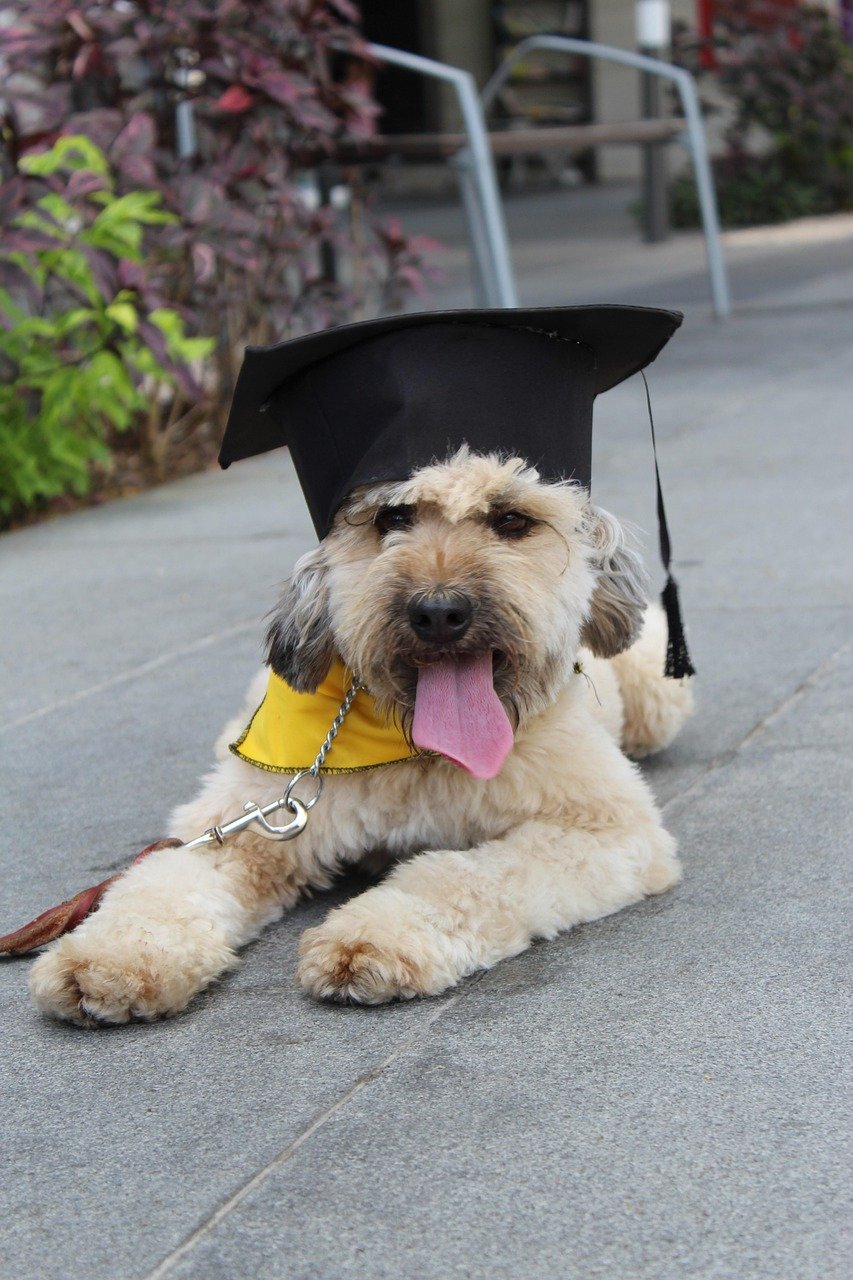
Top Recommended Articles
- Every Dog Owner Should Train His Own Dog
- Importance of Dog Training: Build a Strong Bond with Your Dog
- The Most Important Veterinary Advice to Keep Your Dog Healthy
- Top Veterinary Advice for All Dogs in Need
Let’s Circle Back with Brief Summary from The Dog Training Tips
Mastering modern dog training in 2025 is less about issuing commands and more about fostering a profound, two-way connection with your pet. By embracing the core principles outlined in this guide, early socialization, consistent positive reinforcement, and the establishment of predictable routines, you lay the groundwork for a lifetime of mutual understanding and respect.
These foundational strategies are not just about correcting behaviors, they are about proactively building your dog’s confidence and intelligence, transforming potential challenges into opportunities for growth and bonding. A smarter pet isn’t born, but it’s nurtured through these deliberate, compassionate choices.
As you move forward, remember that effective training is a dynamic process. The integration of smart technology, from AI-powered collars to activity trackers, provides invaluable data to tailor your approach, while keeping training sessions short and engaging ensures your dog remains an eager participant.
When common behavioral challenges arise, the key is to diagnose the root cause with patience, using progress monitoring to adapt your methods. This flexible, informed strategy ensures your training evolves with your dog’s unique personality and learning style, leading to more effective and lasting results.
Final Thoughts About The 7 Essential Dog Training Tips
Ultimately, the journey of training your dog is one of the most rewarding investments you can make. It forges an unbreakable bond built on trust, clear communication, and shared joy.
By committing to these essential dog training tips, you are doing more than teaching obedience, you are unlocking your dog’s full potential to become a well-adjusted, happy, and integral member of your family.
For more expert guidance and step-by-step resources to support your journey, continue exploring our comprehensive collections and become the confident, capable pet parent your dog deserves.

